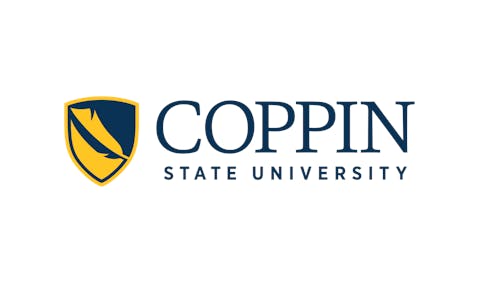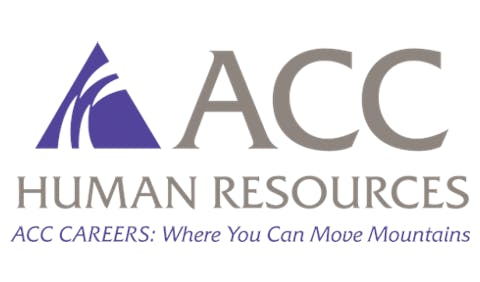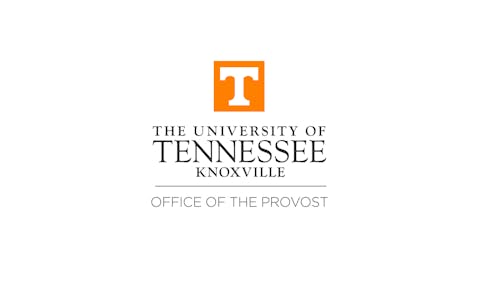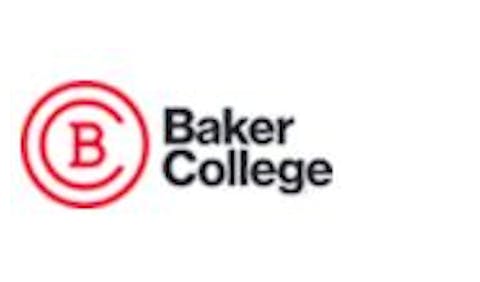 Dr. Doug Shapiro
Dr. Doug Shapiro
“We’re observing that students have become more mobile in terms of transfer behaviors as we put the pandemic disruptions further behind us,” said Dr. Doug Shapiro, executive director of the NSCRC. “We found that 1.2 million students transferred or entered into a new institution this fall (2024).”
52% of all transfers for fall 2024 are students returning from stop-outs (one or more semesters of not enrolling). This data does not include incoming freshmen or dual enrollment.
“We see this as a further indication that students are adjusting their post-secondary goals in response to changing education and labor market conditions,” said Shapiro. “That’s similar to what we saw in the changing patterns of freshmen and overall enrollment.”
Black students saw an even higher transfer rate at 8.3% overall and 8.9% among returning students who had stopped out for at least one semester prior to their current enrollment. This is three straight years of transfer growth for both Black and Hispanic students and transfer enrollment for both groups have been above 2020 levels since 2022. White students were the only group to see a decline in transfer enrollment from fall 2023 to fall 2024.
The data also shows more transfers into community colleges and shorter-term programs and certificates. These are both students transferring from one community college to another as well as people transferring from four-year institutions to community colleges. These reverse transfers showed a 6.3% increase.
“There are transfers emblematic of students struggling in one school,” said Shapiro. “We feel that students who found their previous programs a poor fit for their plans are now more able to transfer by finding colleges that better meet their needs, especially for those who are now returning from stop-outs.”
There has been a 13.5% increase in transfer enrollment at community colleges since fall 2020. Despite the transfers, community college enrollment still has not returned to pre-pandemic levels. Dr. Lawrence Hlavenka Jr., executive director of public relations at Bergen Community College in New Jersey, said the NSCRC data reflects the college’s numbers.
“If you look at how our enrollment has increased over the past four years or so, it tracks that we would have more students not only transferring from four-years but to four-years schools,” said Hlavenka. “At Bergen, we are a very heavy transfer institution, in both ways. It’s not a surprise to me to see the data is consistent throughout the country.”
Of the 2,465 new students registered for the spring 2025 semester at Bergen, 19% are new transfers. Hlavenka noted that in New Jersey, residents tend to enroll at the community college in their county. Although about 25% of enrolled students at Bergen come from outside the county, the transfers from other community colleges would be students seeking a special program unavailable elsewhere.
“Traditionally, our new student numbers are very strong, and they’re strong once again this year, and the continuing students’ retention numbers lag, but this semester we’re seeing that our continuing students have increases year over year,” Hlavenka said. “That’s a really encouraging sign.”
While Bergen is a strong transfer institution, Hlavenka said the college has expanded its focus on workforce, training and continuing education grants. “To provide new workforce programs that require a certificate,” he said. “We’ve expanded that greatly over the last few years, so we are seeing increases there.”
NSCRC data shows that in fall 2024, almost 500,000 students transitioned from two-year institutions to four-year institutions, a number comparable to 2020 numbers.
Brooklyn College, a four-year institution part of the City University of New York (CUNY) system that has seven community colleges, had 1,175 transfer students enrolled in fall 2024, an 8% increase in the number of transfers from fall 2023. About 85-90% of the incoming transfers came from other CUNY schools. The fall 2022 transfer cohort had an 83.6% fall-to-fall retention rate. The college has a transfer student success team established in 2020 to provide tailored support from admission to graduation.
NSCRC also indicated an increase in the number of transfers from community colleges into the most selective categories of four-year institutions.
“That’s the second straight year of growth in upward transfers,” said Shapiro. “Somewhat surprisingly, this growth in upward transfers has been particularly strong, at least in percentage terms, for students who are transferring from community colleges that have a high vocational program focus. That grew by 6.5% compared to just 2.5% for students who are coming from high transfer schools. There are still far fewer of those students, however, transferring from the vocational schools than there are transferring from the high transfer schools.”















